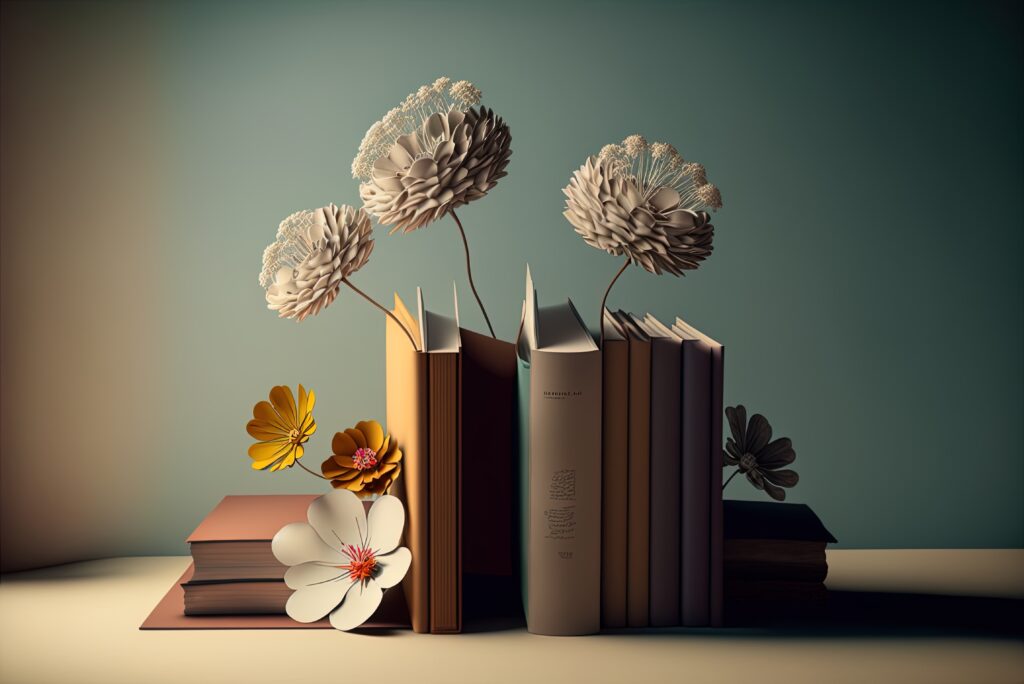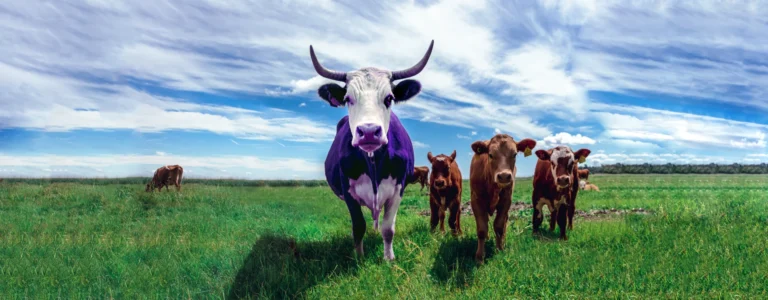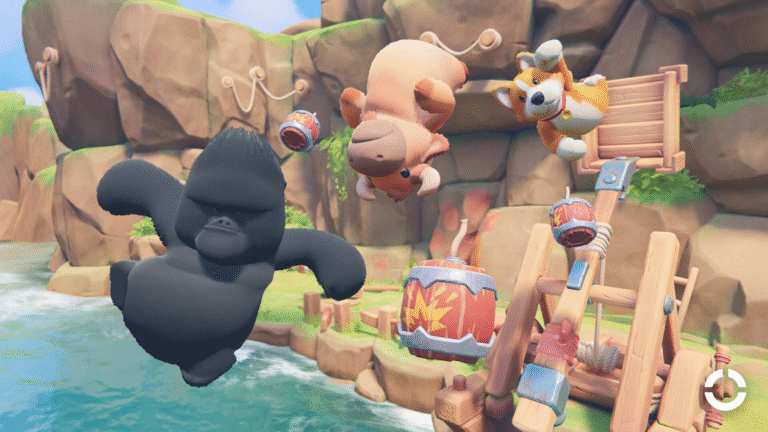Art in the Age of Algorithms: AI-Generated Imagery in Literature

In the sprawling canvas of modern literature, where words paint emotions and scenes, a new artist emerges—not with a brush or pen, but coded in algorithms and data. The rise of artificial intelligence made pictures has begun to stir a profound transformation in the creative landscape. This phenomenon is reshaping how writers and poets conceive and illustrate their narratives, injecting an unexpected vibrancy into the age-old tradition of storytelling.
The New Muse: AI in Creative Expression
Long have poets and novelists turned to the visual arts for inspiration. From the vivid Pre-Raphaelite paintings that influenced the lush, descriptive poetry of Christina Rossetti to the abstract expressions of Pollock spurring streams of consciousness in modern prose. Today, that inspiration is increasingly derived from images created not by human hands but by artificial intelligence. These AI-generated images offer a fresh wellspring of creativity for writers seeking new vistas of imagination.
Unlike traditional artwork, AI-generated images are not confined by human experience or perspective. They can combine elements in novel and often surreal ways, producing visuals that might have never been conceived by the human mind alone. For a writer, this means tapping into a reservoir of imagery that can spur original thought and introduce new themes and symbolism in their work.
Transforming Words into Worlds
Consider the process: a poet grappling with the abstract concept of “loneliness” can use an AI tool to generate images that embody this emotion in various settings and contexts. The result? A series of visuals that might portray a solitary figure in a bustling metropolis or a deserted house on a cliff, each interpretation offering a unique backdrop against which the poet can craft their verses.
These hobbies AI pics serve not only as inspiration but also as a direct component of literary work. In some cases, poets have included AI artworks in their collections as visual poems, each image paired with text to enhance the emotional resonance of the words. This multimodal approach opens up new avenues for reader engagement and interpretation, enriching the reading experience by adding layers of meaning that are both seen and felt.
Real-World Applications and Ethical Considerations
The practical applications of AI in literature are as varied as they are fascinating. Writers are using AI-generated imagery to design cover art, illustrate scenes, and even create visual aids for character development and setting layout. These tools provide a cost-effective and time-efficient means of visualizing the worlds writers create, often in real time as the narrative unfolds.
However, as with all technology, the integration of AI into the arts comes with its ethical dilemmas. Issues of originality and authenticity arise, particularly with the ease and accessibility of image generation. Can a piece of literature truly be considered original if key visual elements are created by an algorithm? This is a debate that is still unfolding, engaging writers, critics, and readers alike.
Bridging the Human-AI Divide
Despite these challenges, the potential of AI to act as a co-creator in literature is undeniable. It offers a form of collaboration where the boundaries between human and machine creativity blur, leading to an exciting symbiosis that could define the next era of literary expression.
To illustrate, let’s delve into the experience of a novelist who used AI to generate landscapes for a fantasy series. By inputting descriptions of a fictional world, the AI produced detailed images of towering mountains and sprawling forests, which not only helped the writer visualize settings more concretely but also inspired descriptions that were more vivid and immersive, enhancing the narrative depth.
The Future of Literary Creation
As we look to the future, it’s clear that AI-generated artwork will play an increasingly significant role in literature. It acts as both muse and tool, offering new ways to visualize, innovate, and inspire. Whether it’s through creating complex characters or intricate worlds that have yet to exist, AI is expanding the boundaries of what is possible in storytelling.
In the end, AI-generated imagery may not replace the traditional artist, but it will certainly augment the toolbox of creative minds in literature. As writers continue to explore this new frontier, the fusion of human emotion and artificial intelligence promises to bring forth a new chapter in the art of storytelling—one that is as boundless as the imagination itself.




